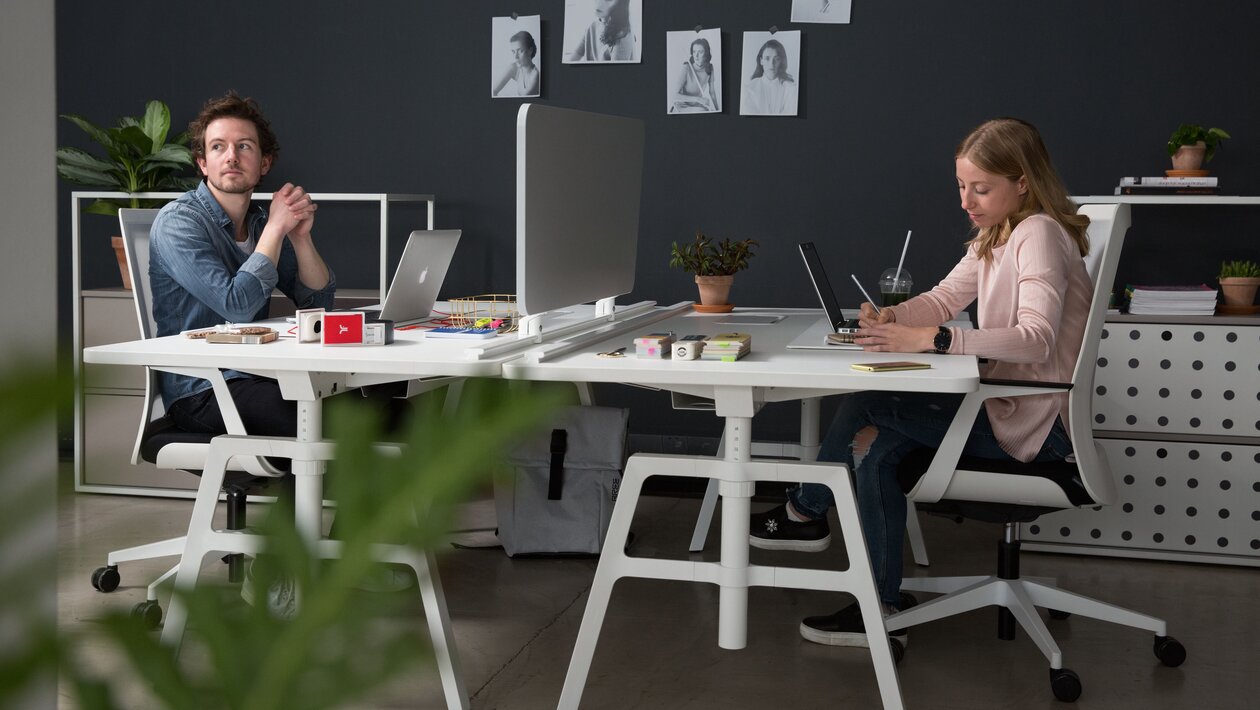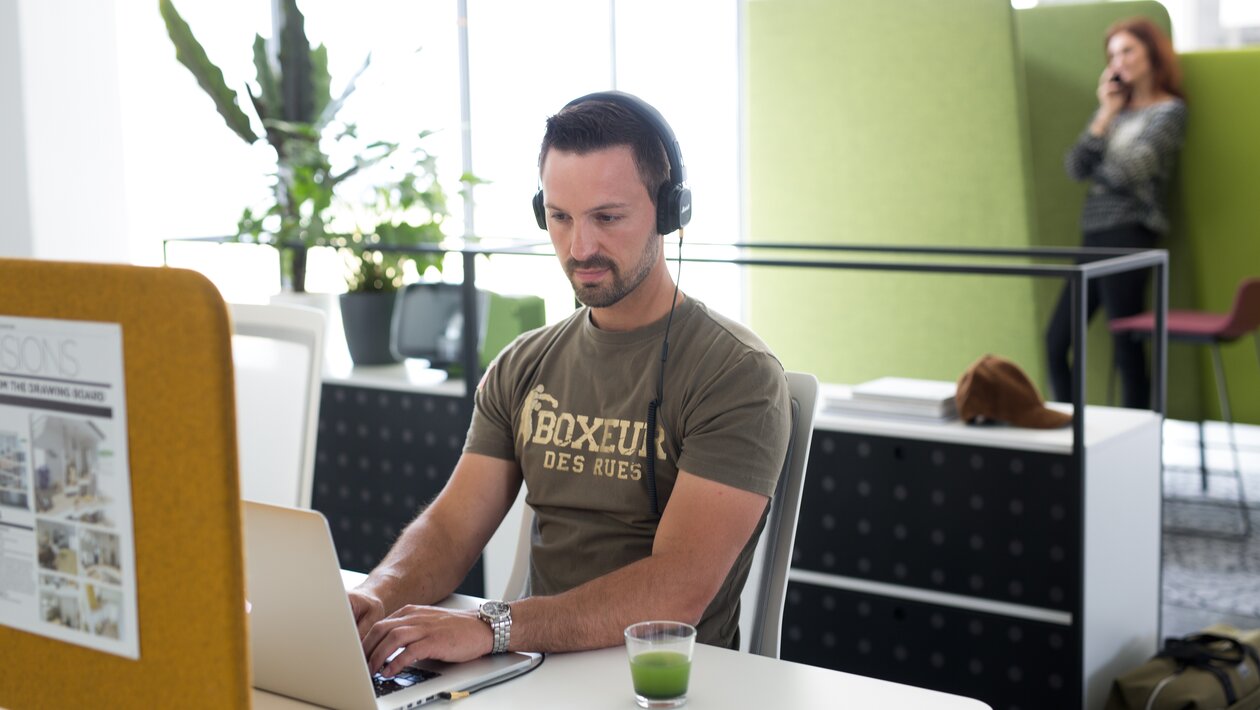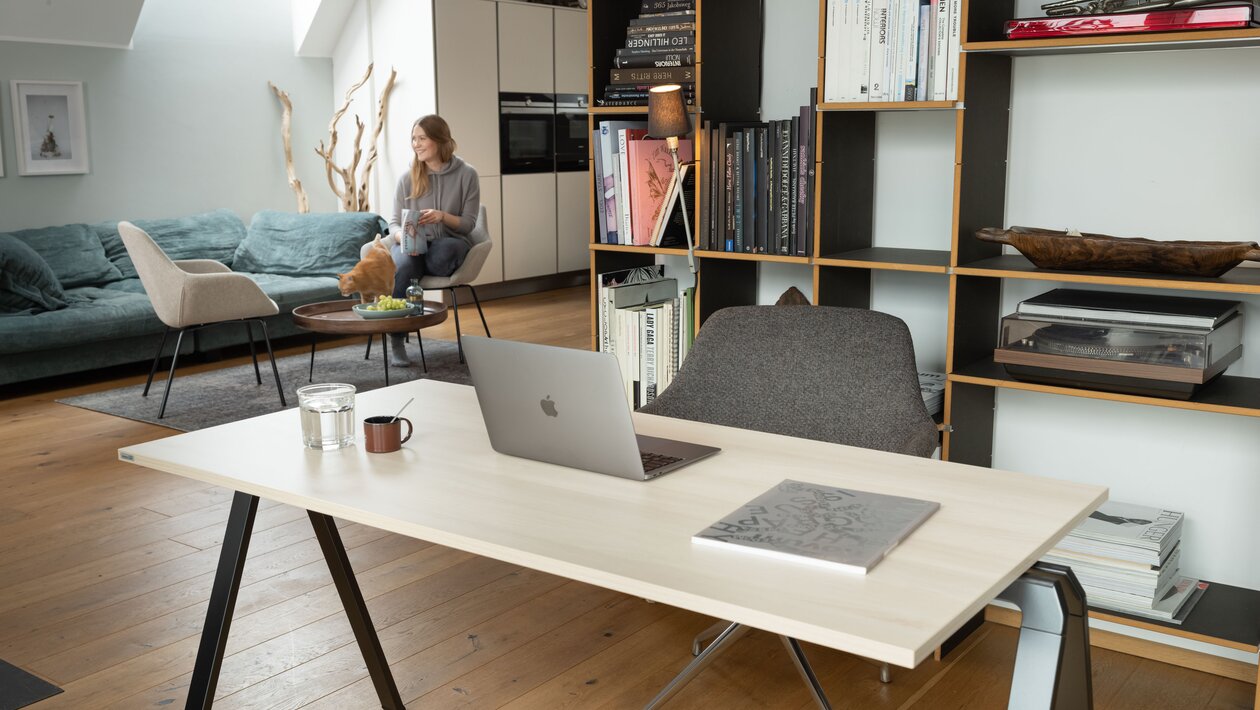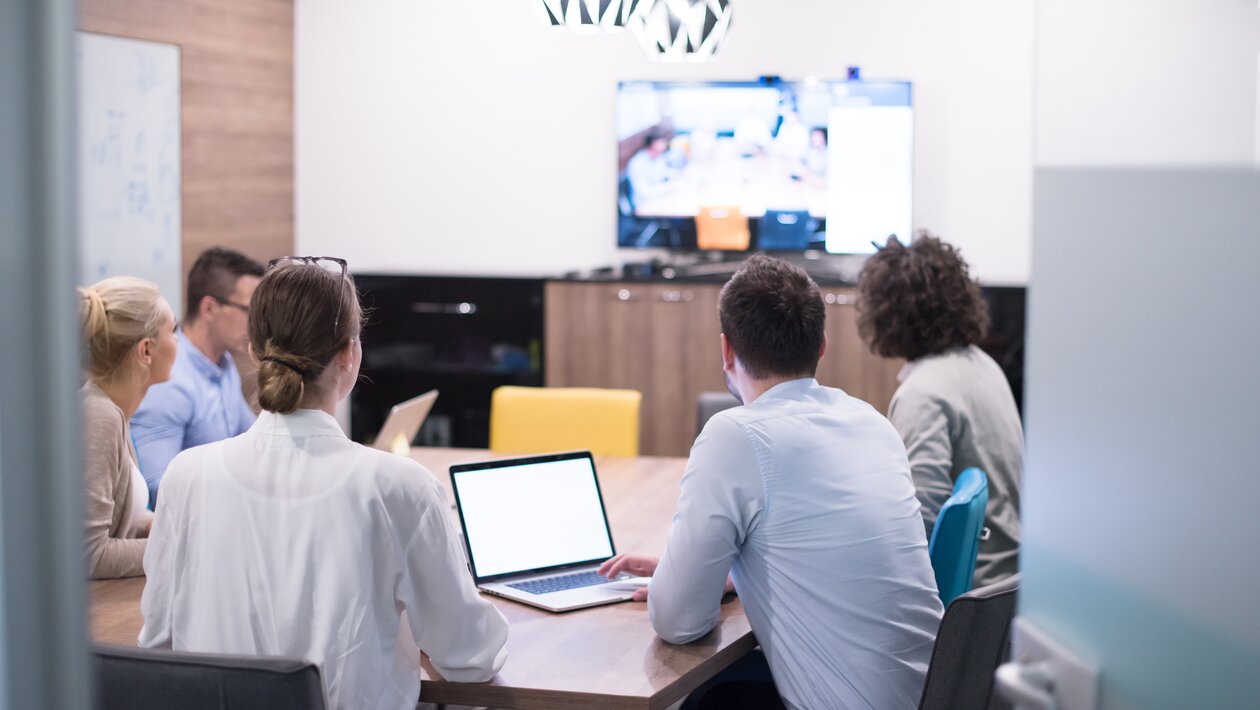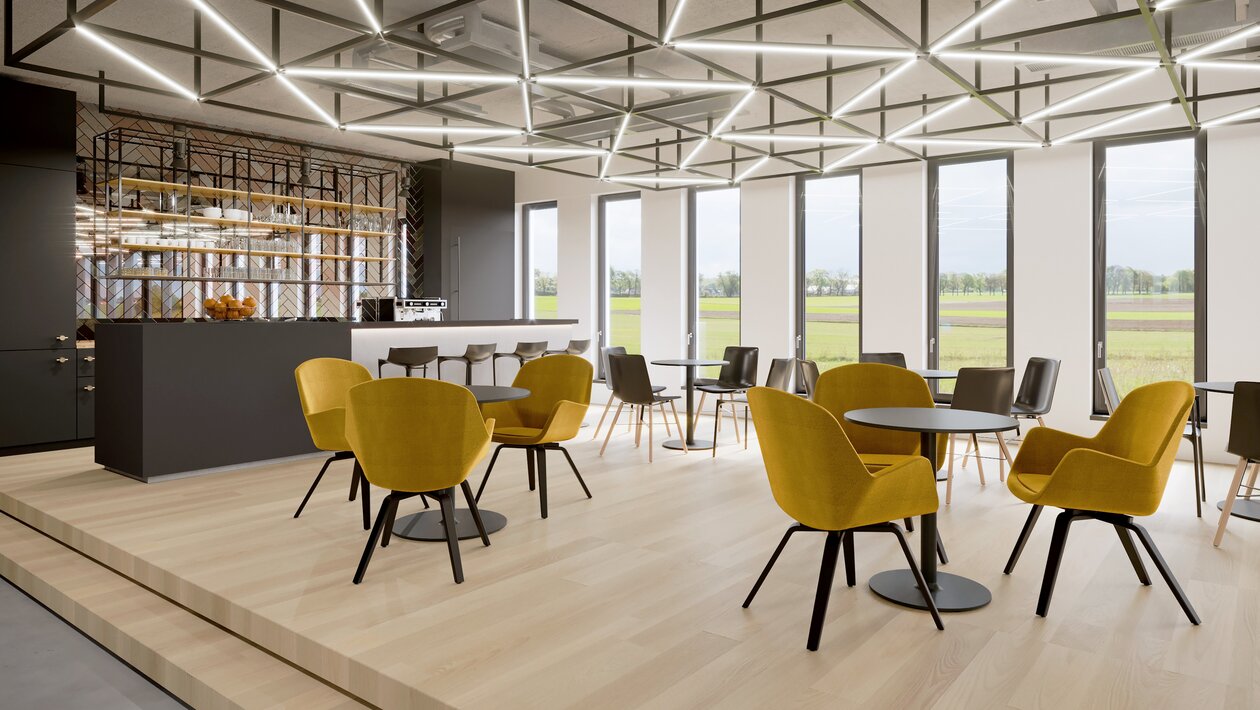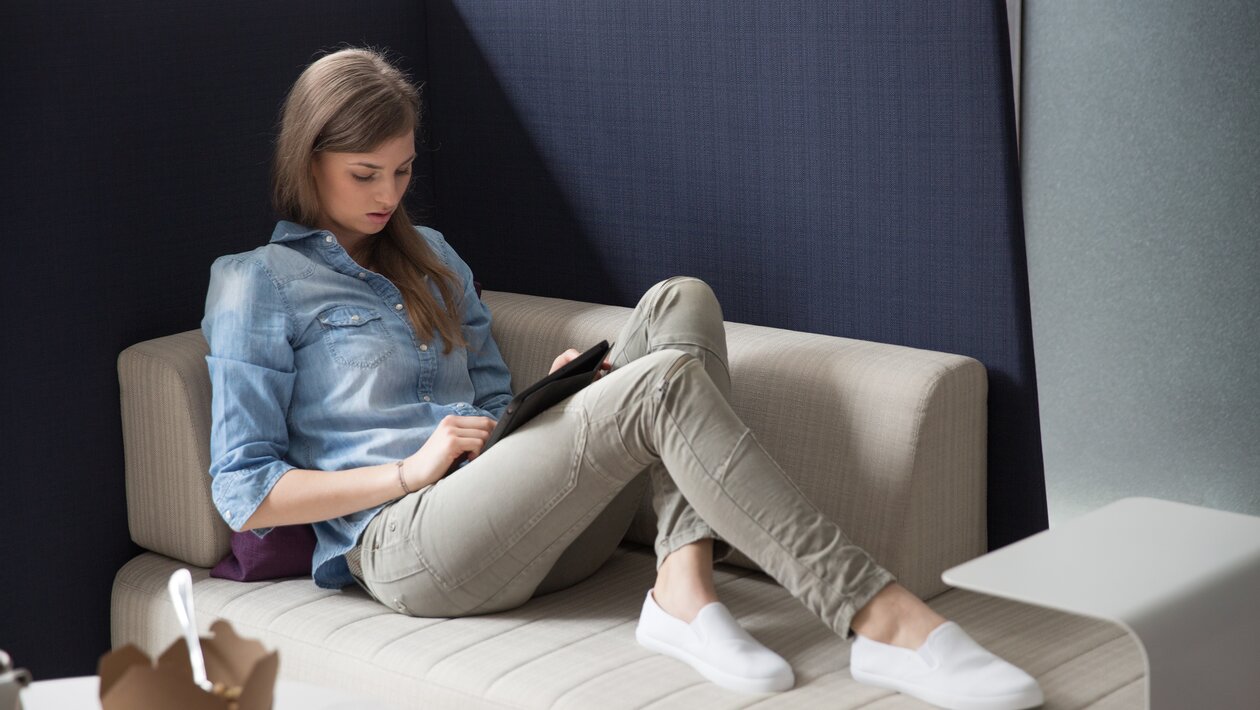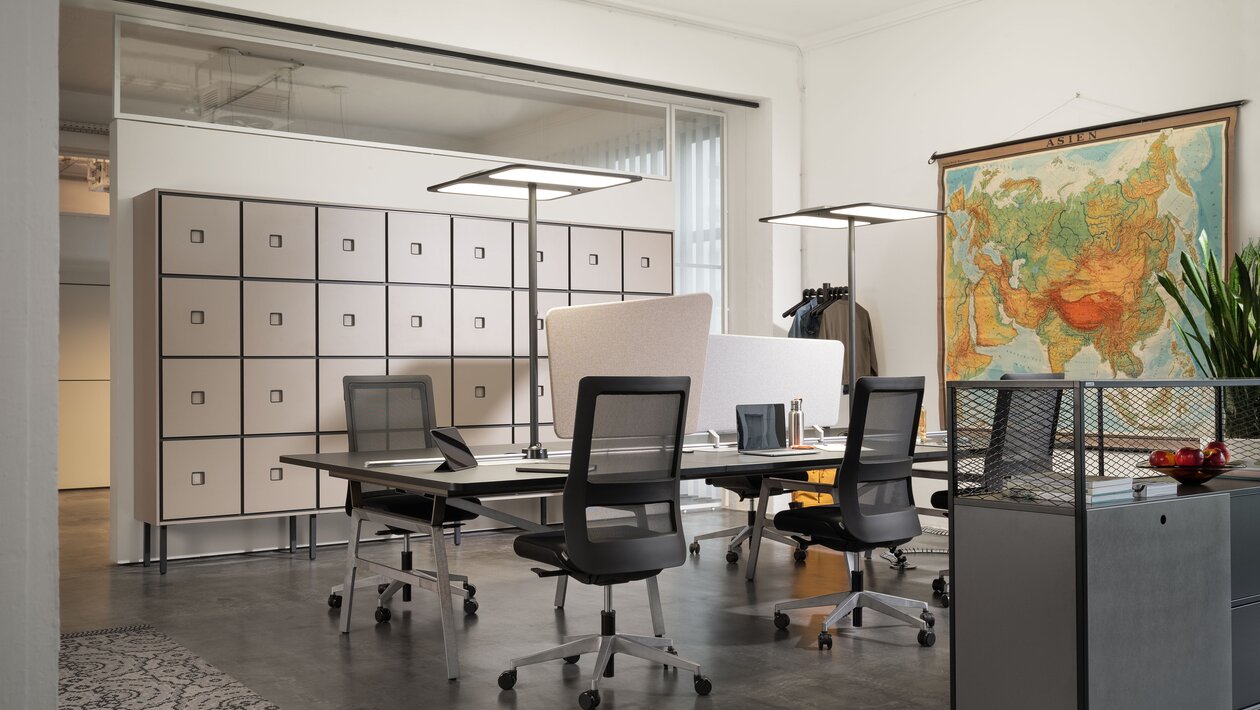On the way to the new world of work: living and breathing New Work
As we move towards the "post-pandemic working world", it is essential to rethink sustainable developments in office design. For many years, Wiesner-Hager has been dealing intensively with the question of what form the future path towards "New Work" might take. This was explored in greater depth when experts from business and science exchanged their knowledge at Salzburg's bluebird.space, one of Austria's most innovative New Work concepts. Laura Wiesner, joint Managing Director of Wiesner-Hager, Daniel Rossgatterer, Managing Director of ACP TEKAEF and Patrick Berger, Lecturer and Research Associate of the Salzburg University of Applied Sciences offered exciting insights from different perspectives, and provided answers as to what form the working world of the future might take and how it can be successfully embraced.
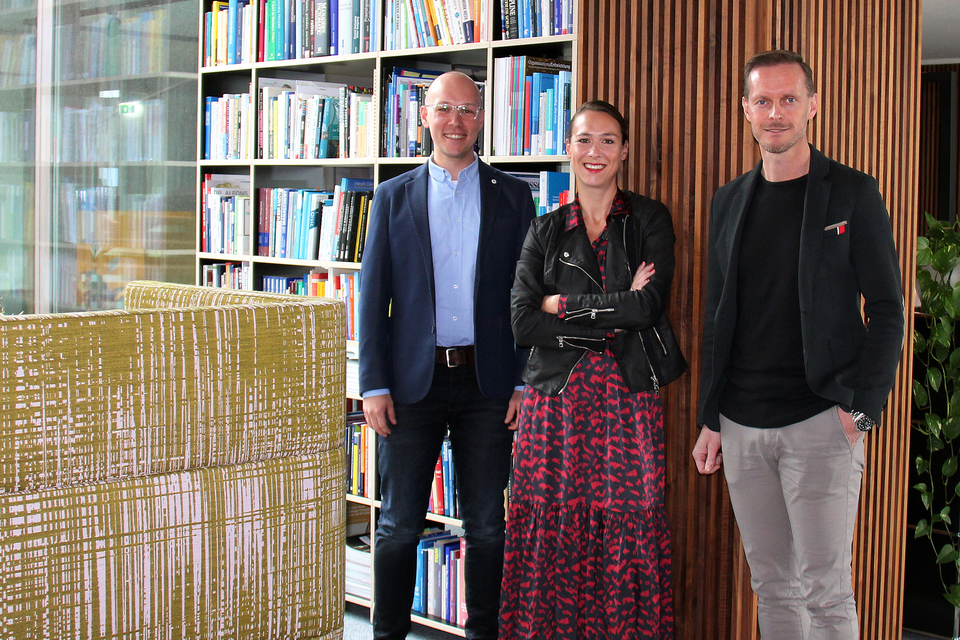
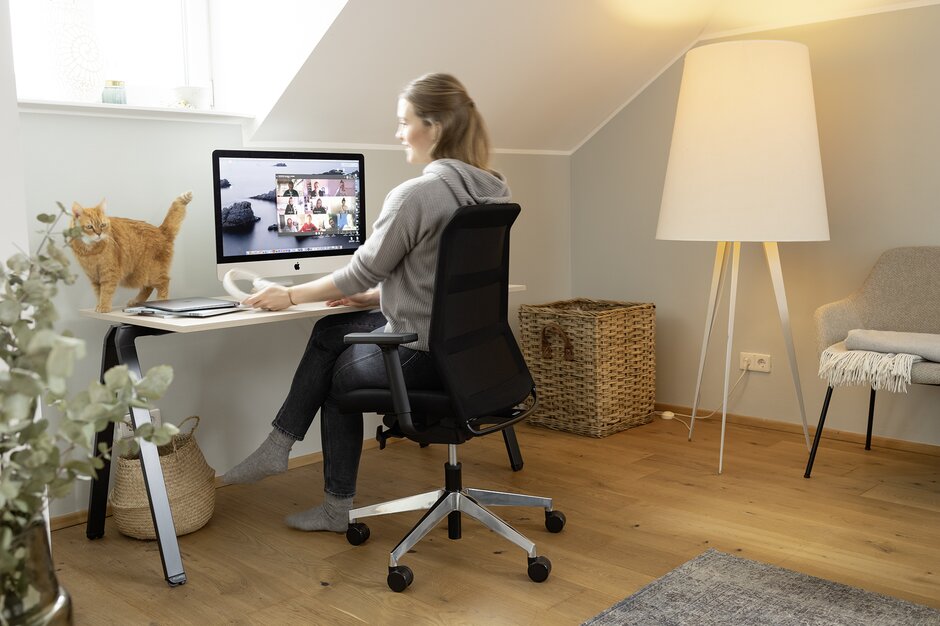
Digitalisation as a driver for change: contemporary types of space for New Work.
While many companies are still busy coping with the short-term effects of the pandemic, they nevertheless have numerous long-term changes ahead of them. The Coronavirus crisis has given digitalisation a veritable boost. This is because even reluctant employers have had to switch to remote work with virtual collaboration primarily taking place from the home office.
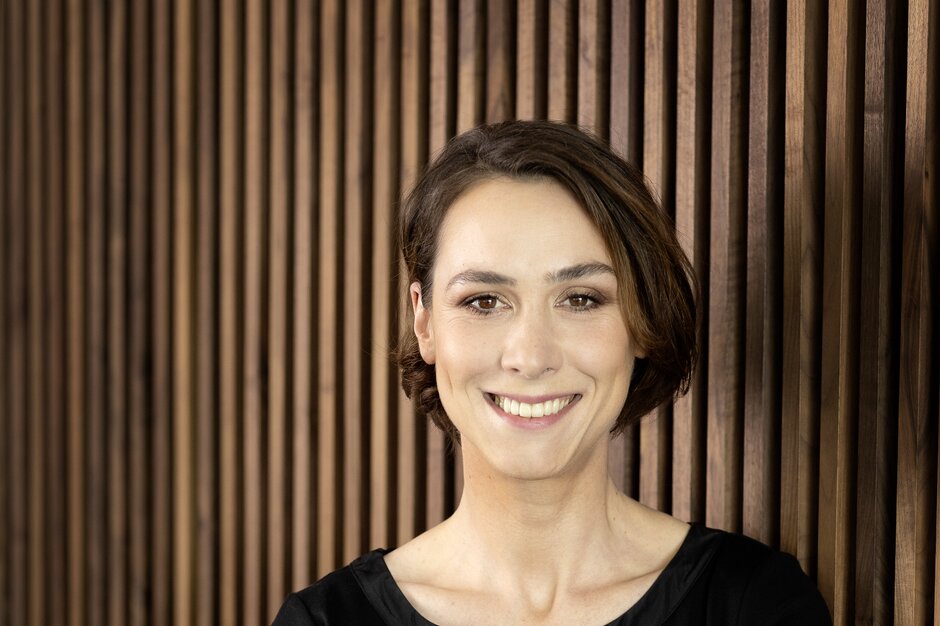
Laura Wiesner, joint Managing Director of Wiesner-Hager Möbel GmbH is convinced that "remote working has already gained lasting importance". An increase in remote collaboration will also require companies to reconsider the amount of office space they have available. Laura Wiesner assumes that these developments will cause office space to shrink by at least 10% in the longer term, and in some sectors considerably more so. She sees a transformation away from the classic "my desk mindset" to offices that are conceived holistically. Future office concepts will therefore be based on the principle of activity-based working: employees will be provided with different workplaces that are best suited to their current activities.
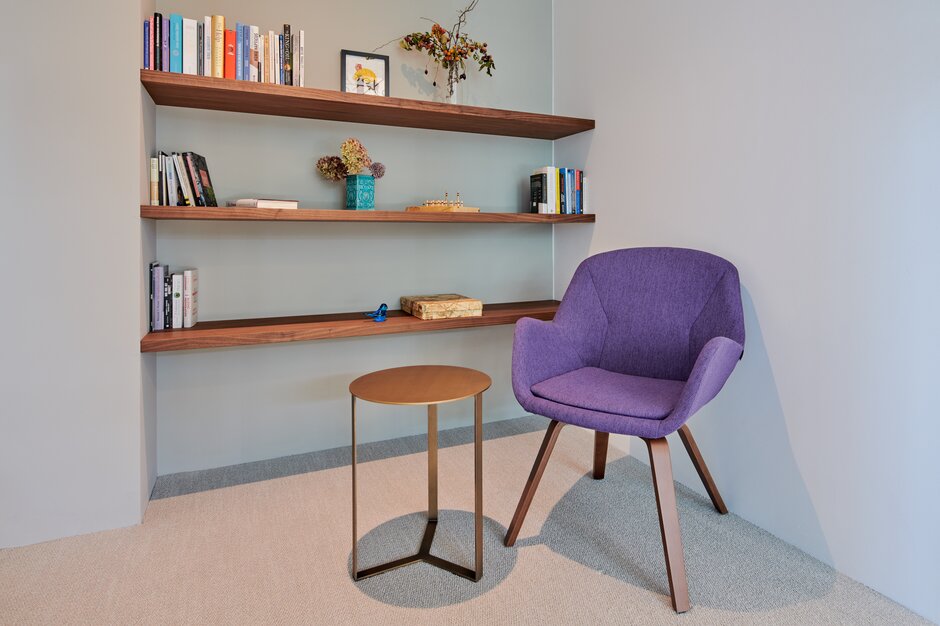
“For teamwork, we will need co-working units ─ open, but shielded and intelligently zoned. For work that requires concentration and for undisturbed remote communication, we will retreat to so-called silent rooms. For hybrid meetings, we will use communication rooms that are equipped with multimedia and, of course, fully integrate virtual discussion partners," explains Wiesner, summarising the most important types of space in the New Work environment of the future.
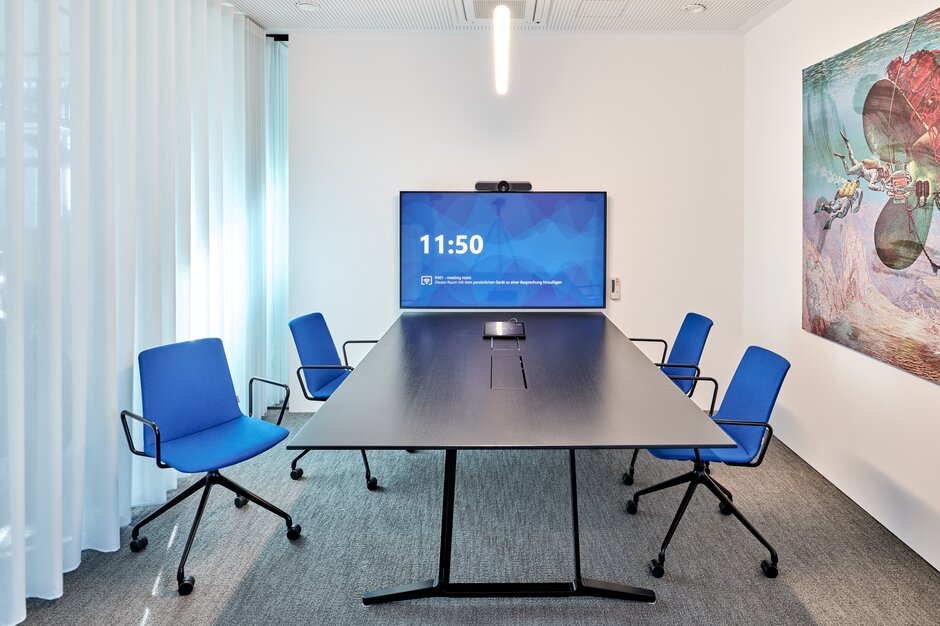
Insights from science: new framework conditions call for modern solutions.
Disruptive changes in the world of work such as the Coronavirus pandemic together with medium- and long-term developments including demographic change, shortages of skilled workers and new "work generations" have had a significant impact on the working world and consequently on the workspace as well.
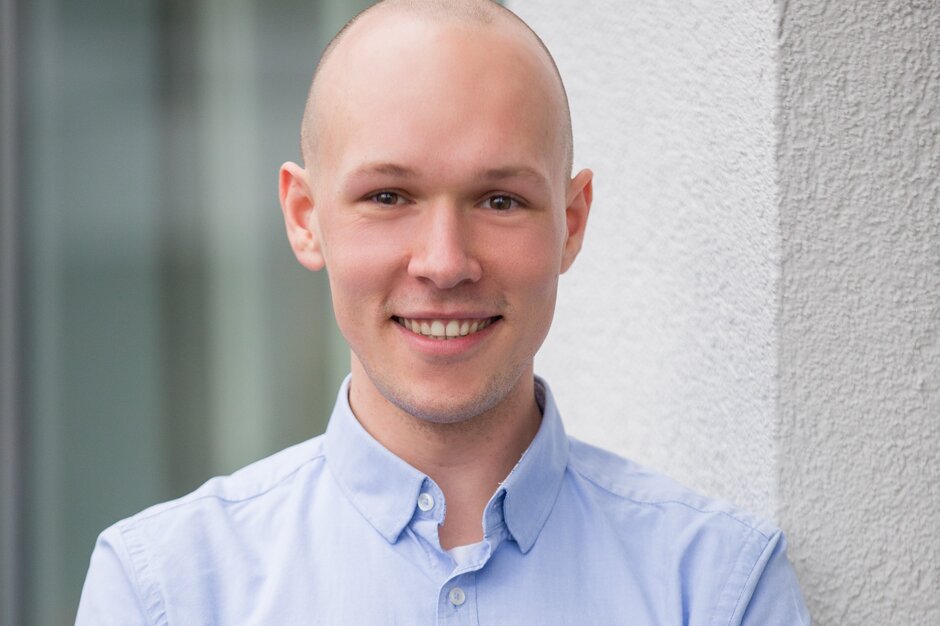
"Not only is the place of work undergoing more frequent changes towards a freer design, but the workspace is also evolving. New demands are being placed on leadership, communication and collaboration, which are not only assisted by the workspace, but are actually made possible by it. For example, the trend towards open innovation processes calls for a correspondingly creative workspace, entirely in the sense of activity-based working," summarises Patrick Berger, Lecturer and Research Associate at the Salzburg University of Applied Sciences. The passionate "New Worker" adds that the younger generation entering the working world is demanding an attractive workspace that moves away from the cubicle office towards a flexible workplace.
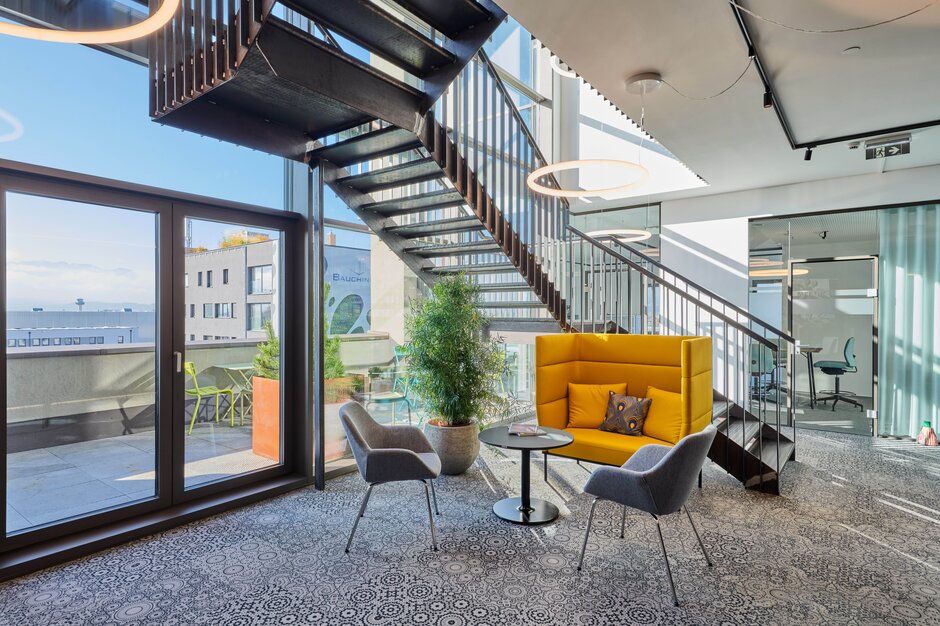
"In order to remain competitive in the long term, companies and organisations have no alternative but to actively and attractively (re)design their workspace. The workspace forms the framework for organisational success and creates space for innovation, collaboration and creativity," Berger concludes.
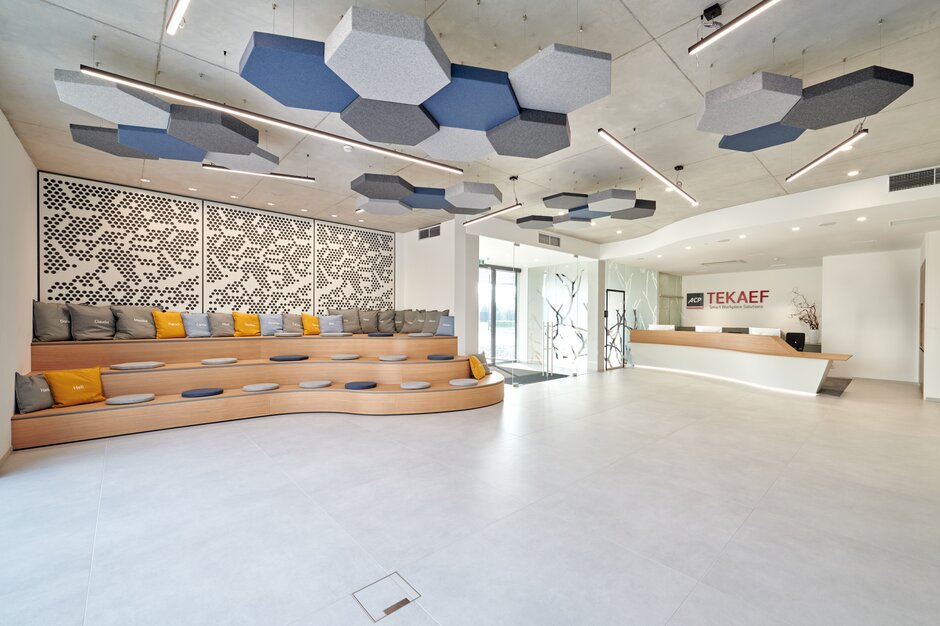
A success story for growth and contemporary working: ACP TEKEAF embraces New Work.
ACP TEKAEF has demonstrated how this can be achieved with success. Founded in 1994, the company has grown substantially in the last few years. It therefore began looking for a new location that could meet its need for a New Work environment. A former factory building in Hohenzell proved to be the perfect location. While the three existing warehouses were adapted for the company's own purposes, the decision was made to demolish the old office building. The new office building was designed to accommodate 100 employees in order to allow for further growth.
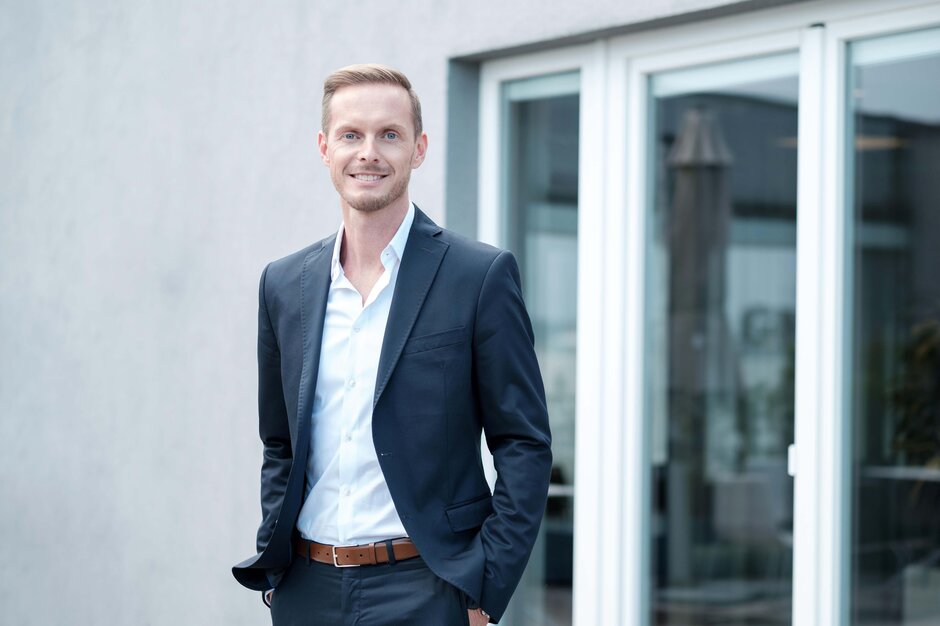
A plan that proved a complete success: "The goal was to create a New Work environment that suits us perfectly. In this way, we are making an enormous contribution to our employer branding. After all, employees today choose their companies and not the other way around. You only become an attractive employer when there is a positive and authentic interplay between brand, corporate culture and office location. At ACP TEKAEF, the objective has been fully achieved and we are feeling the positive effects: Since the implementation of our New Work office concept, the number of unsolicited applications has quadrupled," reveals Daniel Rossgatterer, ACP TEKAEF's Managing Director.
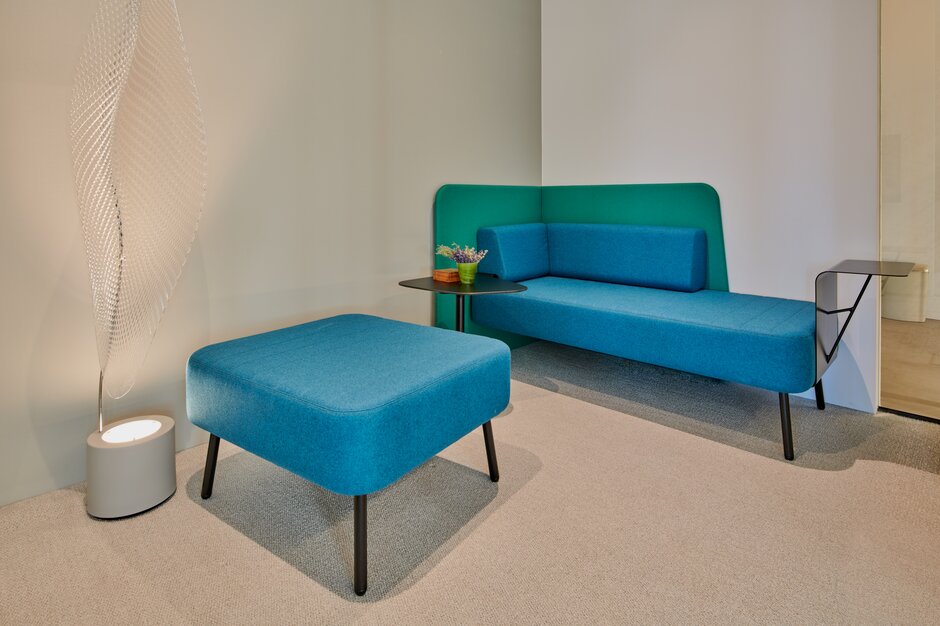
Offices are becoming creative spaces for new forms of work.
In short, it can be said that the traditional desk workstation and the classic storage space in particular are steadily becoming less significant. Instead, offices are transforming into places where people can meet and interact creatively. Office settings can vary considerably depending on the corporate culture. From working café to library, from lounge to spontaneous meeting zone, from industrial-urban to biophilic design: offices are becoming creative places for new forms of work, and Coronavirus has (inadvertently) helped to accelerate this development.
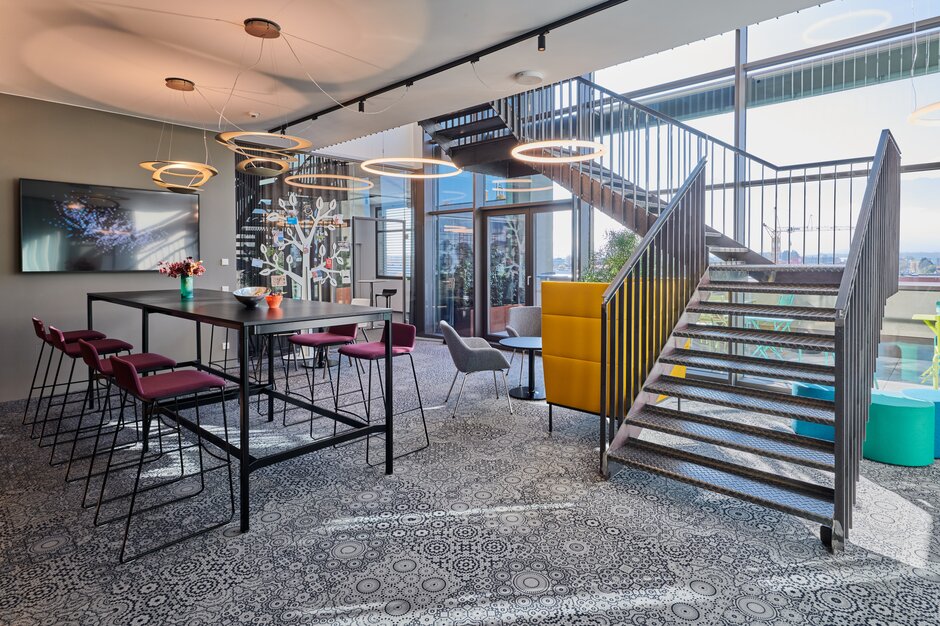
About the bluebird.space ─ New Work in Salzburg in a fresh dimension.
The way the whole concept is implemented in the real working world is illustrated and put into practice every day in the bluebird.space in Salzburg. This is why Wiesner-Hager also uses the premises as a showroom and the Salzburg sales office. Roomware Consulting assisted in the conception and planning of the interior design. "The bluebird.space shows a completely new approach to office design. In this respect, this particular project is an ideal role model for future office space planning," explains Laura Wiesner, joint Managing Director at Wiesner-Hager, pointing out the future viability of this shared office concept.
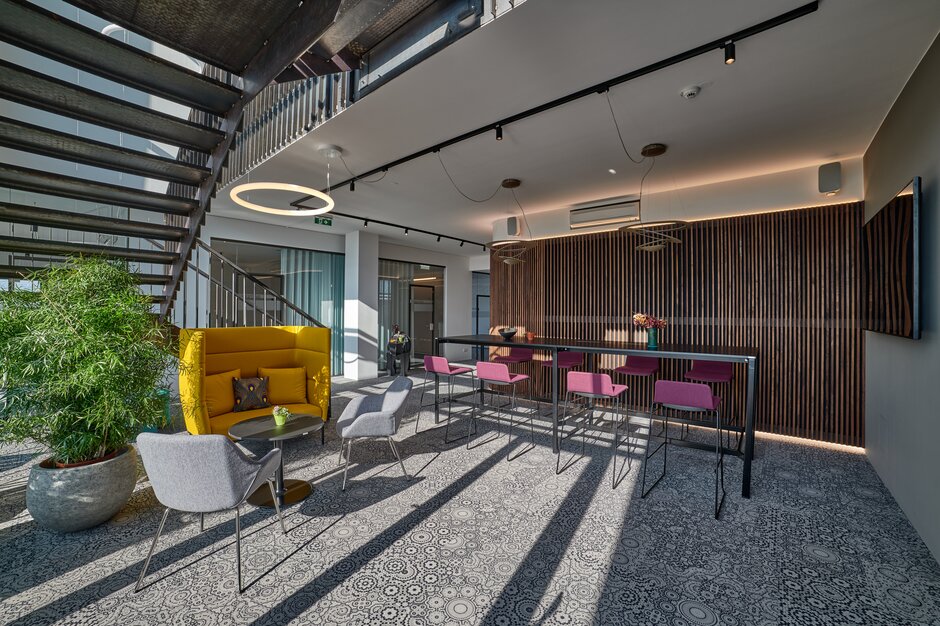
Helene and Markus Stainer from PINUS.TEAM management consultancy are the initiators and operators of bluebird.space Salzburg, an innovative office space concept that has been providing space for New Work in style since 2020. An office space of 800m² was created on two floors in the tower of the Panzerhalle in Salzburg ─ ideal for the flow of New Work. The office was designed as a shared office in which several companies share office and communication space in partnership. The entire space is divided into different zones. In addition to separate office spaces, so-called focus zones where employees can concentrate on their work in a quiet environment, there are different-sized collaboration areas equipped with high-quality digital tools for meetings and video conferencing; communication zones for informal interaction; and recreation zones for relaxing ─ everything you need to meet the demands of the new working world.
